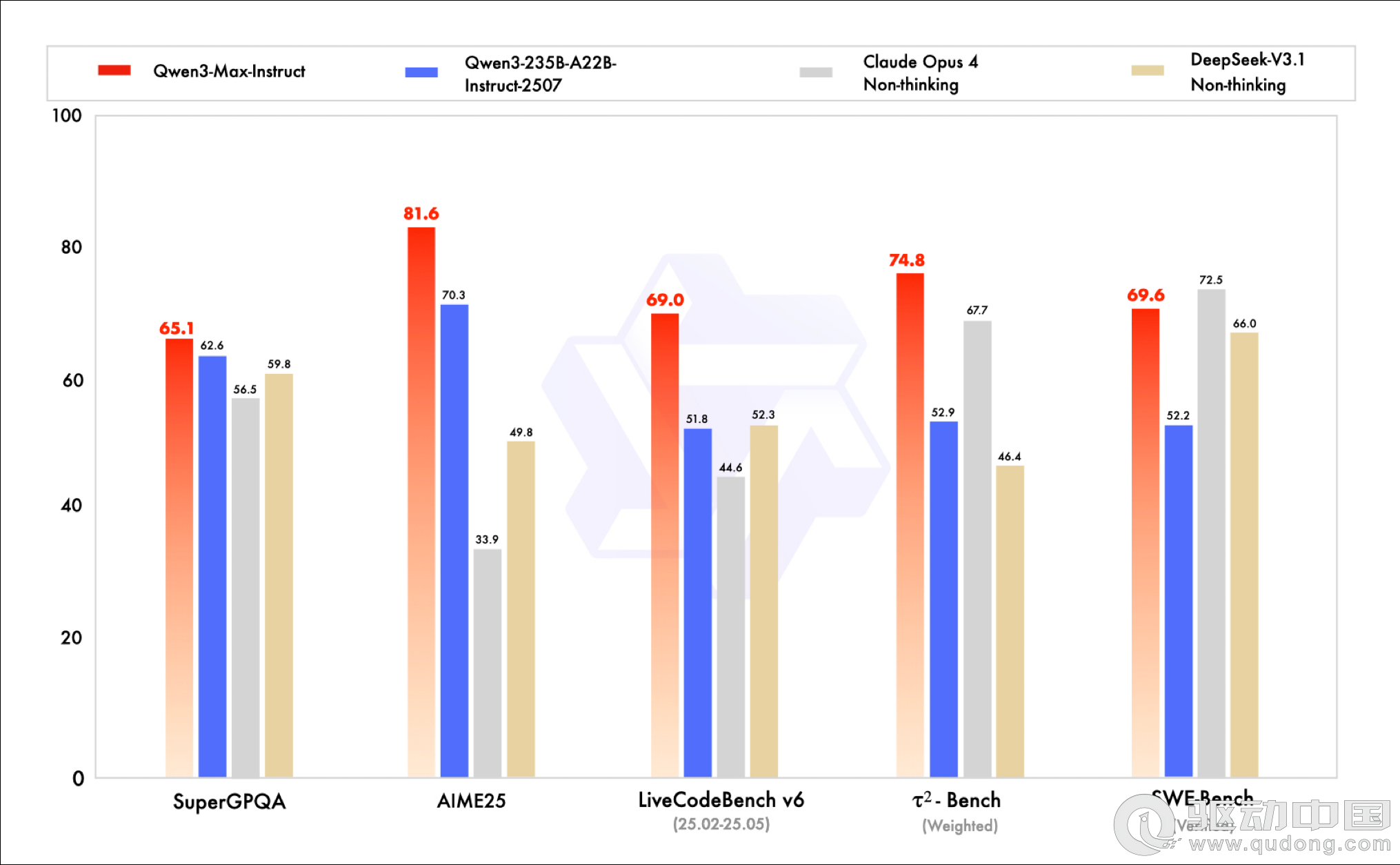.Net中各种不同的对象创建方式的速度差异三
从前面的文章,我们发现以下两点有趣的东西:
使用System.Activator的非泛型方法比使用泛型方法快很多(超过200%)
使用泛型约束和new关键字创建的速度几乎和System.Activator的泛型方法的一样
在这篇文章里,我将会这两个问题做一个进一步的探究,我使用的工具就是鼎鼎大名的.Net反编译工具:Reflector,欢迎读者跟我一起探讨造成这个现象的原因。
第一段 从System.Activator.CreateInstance(Type)开始
我们先用Reflector打开.Net Framework 3.5中的mscorlib.dll,看看这里面,微软是怎么实现的。
首先看看System.Activator.CreateInstance(Type),它直接调用了System.Activator.CreateInstance(Type, Boolean),代码如下
1 public static object CreateInstance(Type type)
2 {
3 return CreateInstance(type, false);
4 }
那么这个CreateInstance(Type, Boolean)的实现,是这样的:
1 public static object CreateInstance(Type type, bool nonPublic)
2 {
3 if (type == null)
4 {
5 throw new ArgumentNullException("type");
6 }
7 RuntimeType underlyingSystemType = type.UnderlyingSystemType as RuntimeType;
8 if (underlyingSystemType == null)
9 {
10 throw new ArgumentException(Environment.GetResourceString("Arg_MustBeType"), "type");
11 }
12 return underlyingSystemType.CreateInstanceImpl(!nonPublic);
13 }
将这段代码简化一下,就是:
1 public static object CreateInstance(Type type, bool nonPublic)
2 {
3 RuntimeType underlyingSystemType = type.UnderlyingSystemType as RuntimeType;
4 return underlyingSystemType.CreateInstanceImpl(!nonPublic);
5 }
在RuntimeType的CreateInstanceImpl(bool isPublic)中,直接调用了CreateInstanceImpl(bool isPublic, bool skipVisibilityCheck, bool fillCache),这个函数的实现非常有意思,我先把代码贴出来:
1 internal object CreateInstanceImpl(bool publicOnly, bool skipVisibilityChecks, bool fillCache)
2 {
3 RuntimeTypeHandle typeHandle = this.TypeHandle;
4 ActivatorCache cache = s_ActivatorCache;
5 if (cache != null)
6 {
7 ActivatorCacheEntry entry = cache.GetEntry(this);
8 if (entry != null)
9 {
10 if ((publicOnly && (entry.m_ctor != null)) && ((entry.m_hCtorMethodHandle.GetAttributes() & MethodAttributes.MemberAccessMask) != MethodAttributes.Public))
11 {
12 throw new MissingMethodException(Environment.GetResourceString("Arg_NoDefCTor"));
13 }
14 object obj2 = typeHandle.Allocate();
15 if (entry.m_ctor != null)
16 {
17 if (!skipVisibilityChecks && entry.m_bNeedSecurityCheck)
18 {
19 MethodBase.PerformSecurityCheck(obj2, entry.m_hCtorMethodHandle, this.TypeHandle.Value, 0x10000000);
20 }
21 try
22 {
23 entry.m_ctor(obj2);
24 }
25 catch (Exception exception)
26 {
27 throw new TargetInvocationException(exception);
28 }
29 }
30 return obj2;
31 }
32 }
33 return this.CreateInstanceSlow(publicOnly, fillCache);
34 }
看起来非常复杂,其实他的实现也也就实现了一个缓存机制:
检查缓存中是否存在这个构造器的委托,如果有,就调用自己的typeHandler的Allocate()方法分配内存,然后调用构造器的委托初始化对象
如果没有缓存,就调用CreateInstanceSlow(bool isPublic, bool fillCache)创建对象,并填充缓存
好吧继续再看看这个CreateInstanceSlow里面干了什么事情。
照例先贴代码吧:
1 private object CreateInstanceSlow(bool publicOnly, bool fillCache)
2 {
3 RuntimeMethodHandle emptyHandle = RuntimeMethodHandle.EmptyHandle;
4 bool bNeedSecurityCheck = true;
5 bool canBeCached = false;
6 bool noCheck = false;
7 this.CreateInstanceCheckThis();
8 if (!fillCache)
9 {
10 noCheck = true;
11 }
12 object obj2 = RuntimeTypeHandle.CreateInstance(this, publicOnly, noCheck, ref canBeCached, ref emptyHandle, ref bNeedSecurityCheck);
13 if (canBeCached && fillCache)
14 {
15 ActivatorCache cache = s_ActivatorCache;
16 if (cache == null)
17 {
18 cache = new ActivatorCache();
19 Thread.MemoryBarrier();
20 s_ActivatorCache = cache;
21 }
22 ActivatorCacheEntry ace = new ActivatorCacheEntry(this, emptyHandle, bNeedSecurityCheck);
23 Thread.MemoryBarrier();
24 cache.SetEntry(ace);
25 }
26 return obj2;
27 }
这个函数写的很复杂,其实实现的东西很简单,其一是调用RuntimeTypeHandler.CreateInstance方法创建对象,然后再填充缓存,以加快下次创建对象的速度。
好了,我们现在已经非常接近事实的真相了。让我们从另外一个角度出发,看看CreateInstance<T>()干了什么事情。
第二段 从System.Activator.CreateInstance<T>()开始
这里,我们先看看他的实现:
1 public static T CreateInstance<T>()
2 {
3 bool bNeedSecurityCheck = true;
4 bool canBeCached = false;
5 RuntimeMethodHandle emptyHandle = RuntimeMethodHandle.EmptyHandle;
6 return (T) RuntimeTypeHandle.CreateInstance(typeof(T) as RuntimeType, true, true, ref canBeCached, ref emptyHandle, ref bNeedSecurityCheck);
7 }
我们忽然就看到了我们熟悉的身影:RuntimeTypeHandler.CreateInstance方法,终于殊途同归啊。。。
也就是说,System.Activator.CreateInstance<T>()相当于调用了CreateInstanceSlow方法(但是没有缓存机制),这应该就是CreateInstance<T>比CreateInstance(Type)慢的主要原因,我们回顾一下这两个方法的时间消耗:
System.Activator.CreateInstance(Type):
缓存机制时间消耗
RuntimeTypeHandler.Allocate()内存分配的时间消耗
调用构造器委托初始化数据的时间消耗
这里不考虑缓存失败,调用CreateInstanceSlow的情况,因为这个只会发生一次。
System.Activator.CreateInstance(Type):
调用RuntimeTypeHandler.CreateInstance的时间消耗。
评论 {{userinfo.comments}}
-
{{child.nickname}}
{{child.create_time}}{{child.content}}






{{question.question}}
提交
昨夜今晨:携程闹乌龙辞退员工 追觅提出百万亿美金生态目标
扩张野望下的骑手之痛 淘宝闪购“第一”美梦能否成真?
昨夜今晨:格力质疑创维空调宣传海报抄袭 前小米高管王腾成立新公司
CES2026石头轮足扫地机器人惊艳亮相,让具身智能“长脚”开启立体清洁时代
驱动号 更多
















































